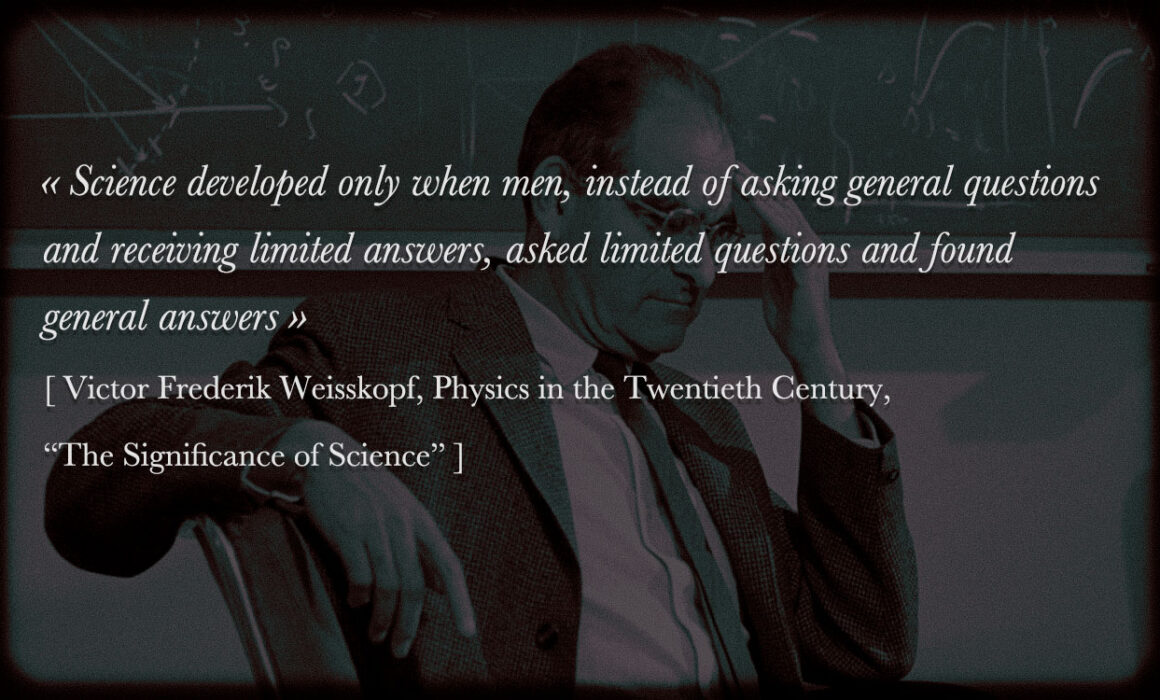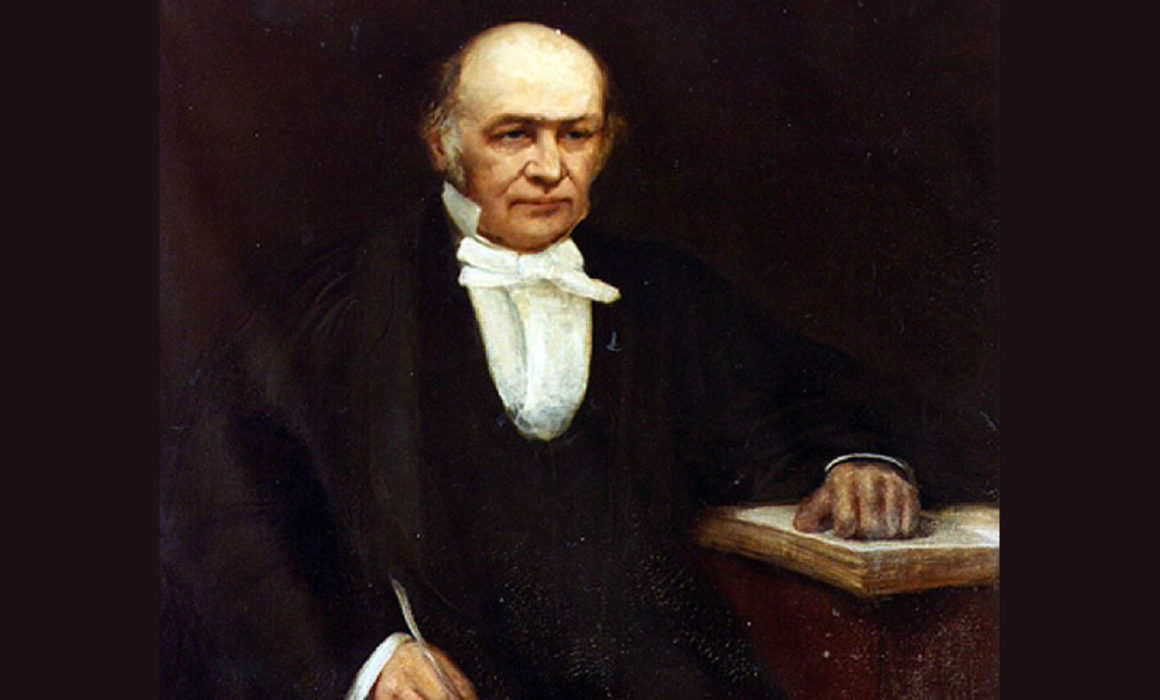Dirac equation from stereographic projection of the momentum sphere
Simple derivation of Schrödinger equation from Newtonian dynamics Michele Marrocco Dipartimento di Fisica, Università di Roma ‘La Sapienza’ P.le Aldo Moro 5, I-00185 Rome, Italy & ENEA (Italian National Agency for New Technologies, Energies and Sustainable Economic Development) via Anguillarese 301, I-00123 Rome, Italy
Abstract
The Dirac equation is commonly demonstrated under stringent hypotheses and after considerable math work made in relativistic quantum mechanics and quantum field theory. Here, a purely geometric approach free from hypotheses is suggested. The suggestion draws inspiration from the technique of stereographic projection that was developed before the quantum era to solve gyroscopic problems of classical mechanics. The projected variable is the generalized (or canonical) momentum vector. Its undetermined geometric orientations define a sphere in the momentum space and the projection onto the equatorial plane generates the Pauli matrices as soon as the conventional stereographic matrix is introduced. The associated eigenvalue problem results in the Dirac equation and the eigenvector (bispinor) has components that are related to geometric elements of the momentum space. The procedure has the advantage of revealing the correct form of the Dirac matrices without the mathematical effort that characterizes the presentation of the equation in traditional approaches. The other remarkable advantage is that, unlike the common reduction to the case of free space, the spatial inhomogeneity due to interaction potentials is included in the demonstration from the very beginning….






